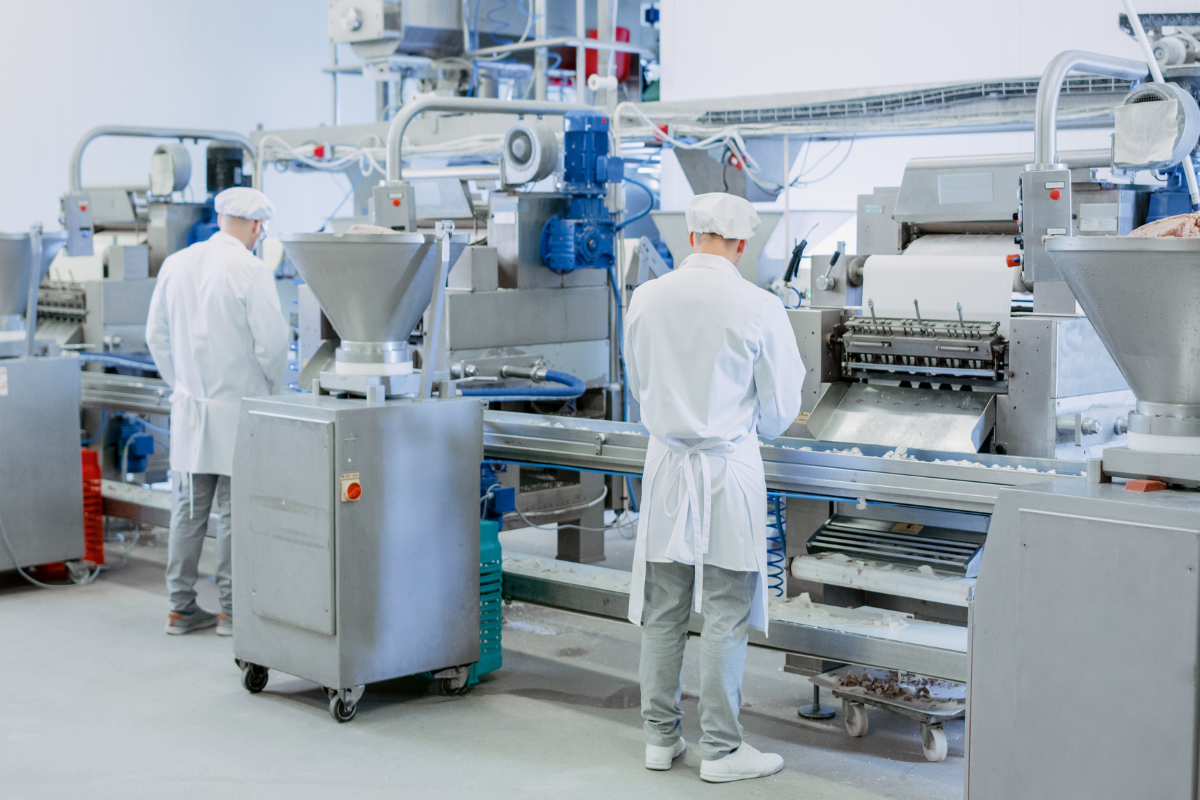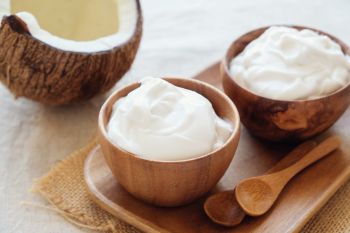
Six Food Processing Methods Driving Plant-Based Innovation
One of the key drivers impacting the growth of the plant-based market has been the new processes that have enabled more complex and realistic structures that mimic animal protein. The technology used to make plant meat and seafood is becoming cheaper and more inventive, resulting in a vast range of realistic dishes for consumers.
Plant-based meat is generally made from a protein-rich plant source such as soy, peas, or wheat. The processing transforms vegetable protein into fibrous layers that match the appearance and texture of meat or fish.
Below are some of the processes helping companies produce realistic plant-forward products to meet the growing consumer demand.
Extrusion
Extrusion is the most common method for making plant-based meat. It involves kneading and compressing plant-based protein, adding water and oil and pushing it through a small hole, while applying heat, pressure and moisture. The resulting semi-solid output is cut into lengths, marinated, and cooled. It can then be dried into TVP or remain wet and get coated with seasonings to give it a meat-like flavour. The extrusion process can be adjusted for different textures, such as ground meat, sausages or nuggets.
High Moisture Extrusion
The high moisture process makes the appearance and texture of plant-based meat even more realistic. The process is currently used in around 20% of global plant-based meat products. Described as a cook-and-stir process, the meaty texture is gained by adjusting the size of the extrusion gap, mixing in water and protein under pressure and changing the cooling process.
Directional Freezing
In this process, liquid plant-based protein is frozen to produce ice crystals. In the freezing process, heat is removed from one side so the crystals align in one direction. The frozen product is dried without melting the ice, leaving a porous, fibrous structure with overlapping layers that resemble animal muscle fibres. This process has been widely used to make flaky fish-like structures from plant protein. New School Foods uses directional freezing to create its plant-based whole-cut salmon filet. The company says the process enabled it to make plant fibres that replicate the size and structure of fish muscle and give the same texture and mouth feel.
Process-Controlled Microstructure Design
Spanish plant-based meat company Heura says it uses new patented technology to make its new range of high-protein plant-meat, including frankfurters, ham and fish. Known as process-controlled microstructure design, it alters the structure of proteins at micro-scale, creating new protein structures for its plant-based products. The technology allows Huera to refine the texture to match the meat it is mimicking. Heura uses a thermo-mechanical technique to shape the protein, applying heat and mechanical energy to change its structure.
3D Printed Meat
3D printing offers the chance to make large steaks or carvable slabs that cannot be achieved with other methods. With brands now wanting to produce whole cuts 3D printing is gaining traction. To make the meat, viscous plant protein such as soy or pea is fed into a 3D printer and emerges with a meat-like structure and shape. The process can be used with an extruded product or cell-based meat. Viennese plant-based seafood maker Revo Foods uses 3D printing to make salmon filets by building layers of pea protein, algal extracts and omega-3 fatty acids. Israeli company Redefine Meat also uses the process to make their ultra-realistic steaks.
Fermentation
Fermentation is old-school technology but is increasingly being used in a new way – to make plant-based meat. Nature’s Fynd uses fermentation to create protein from fungus from a volcanic spring in Yellowstone National Park. Swedish company Millow is making an alternative protein from oats and mycelium using a novel fermentation process. The company describes the resulting product as juicy, bouncy and meat-like. And Quorn, the original fermented mycoprotein meat-substitute, is set for expansion as parent company Marlow Foods is making it available to other manufacturers.


